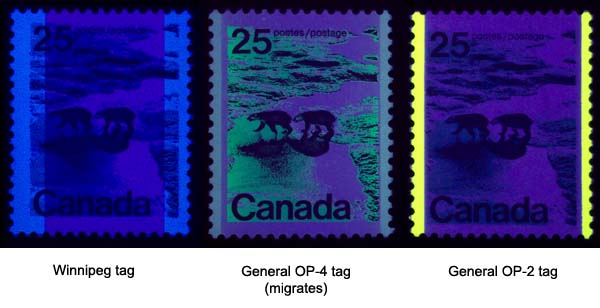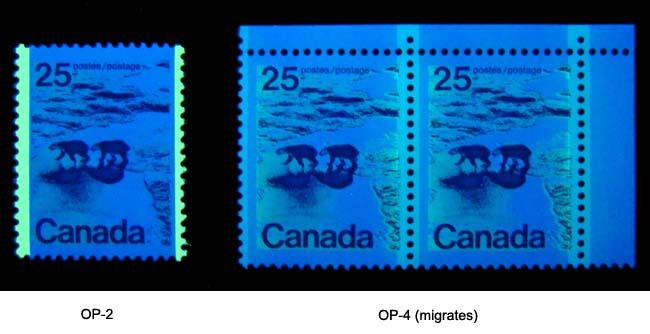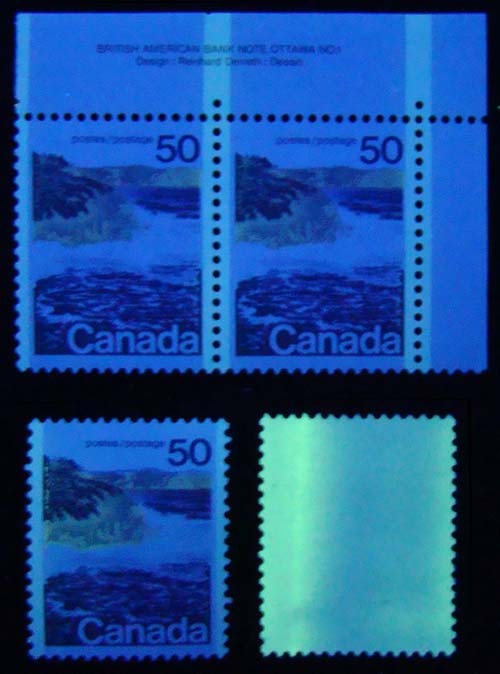Study Notes
Checklists
Karsh/Wilding/Cameo:
![]() Karsh
Karsh
![]() Wilding
Wilding
![]() Cameo
Cameo
Centennial:
![]() Centennial
Centennial
Caricature & Landscape:
![]() Caricature
Caricature
![]() Landscape
Landscape
![]() Cityscapes
Cityscapes
Environment:
![]() Flowers
Flowers
![]() Trees
Trees
![]() Street Scenes
Street Scenes
![]() National Parks
National Parks
![]() QE II
QE II
![]() Parliament
Parliament
![]() Maple Leaf
Maple Leaf
Artifact & Parliament:
![]() Low-value
Low-value
![]() Medium-value
Medium-value
![]() Parliament (bklt/coil)
Parliament (bklt/coil)
![]() Parliament (1st class)
Parliament (1st class)
Mammals & Architecture:
![]() Low-value
Low-value
![]() Medium-value
Medium-value
![]() Architecture
Architecture
![]() QE II
QE II
Berries,
Fruit & Flag:
![]() Low-value
Low-value
![]() Medium-value
Medium-value
![]() Flag (first class)
Flag (first class)
![]() Flag (vending bklt)
Flag (vending bklt)
![]() Flag (self-adhesive)
Flag (self-adhesive)
![]() Flag (coil)
Flag (coil)
Trade, Leaf & Wildlife:
![]() Low-value Trades
Low-value Trades
![]() Medium-value Trades
Medium-value Trades
![]() 1st class/Medium-value Maple Leaf
1st class/Medium-value Maple Leaf
![]() 1st class Leaf Coil
1st class Leaf Coil
![]() Medium-value Wildlife
Medium-value Wildlife
![]() High-value Wildlife
High-value Wildlife
Insect, Flag, Leaf & Flower:
![]() Insects 2007-
Insects 2007-
![]() Flag (vert) 2004-
Flag (vert) 2004-
![]() Maple Leaf 2003-2004
Maple Leaf 2003-2004
![]() Flowers
Flowers
Other
|
Medium-value Landscapes (1972-76) Updated Oct 14/02
The release of 5 new medium-value definitives featuring landscapes from across Canada was an innocent beginning. Although only these 5 values are part of this landscape set, there are in fact no less than 33 different major varieties! During the short time that these stamps were available, 3 different types of tagging was used; 4 of the values were "redrawn" (differences discussed below checklist), and all of the values were reissued with a different printing. In addition, "ribbed-textured" paper varieties exist on all values (and many of the tag changes noted above). All values were printed in panes of 100 by the British American Bank Note Company. [ This is a "wide" table, by necessity - too many varieties! ]
|
| Type I | Type II (Re-drawn) | |||||||||||
| 12 1/2x12 | 12 1/2x12 | 13 1/3 | ||||||||||
| Wpg Tag | OP-4 (migrates) | OP-2 (3mm) | OP-2 (4mm) | OP-2 (4mm) | OP-2 (4mm) | |||||||
| Value | Ribbed | Ribbed | Ribbed | Ribbed | Ribbed | Hi-brite | ||||||
| 10c Forest | Sep 8/72 | Sep 8/72 | Sep 8/72 (pl 1) | Sep 8/72 (pl 1) | Sep 8/72 (pl 1) | Jun 74 (pl 2) | x | x | Sep 75 (pl 3) | |||
| 15c Mountain Sheep | Sep 8/72 | Sep 8/72 (pl 1) | Sep 8/72 (pl 1) | Sep 8/72 (pl 1) | Jun 75 | x | Jan 76 (pl 2) | |||||
| 20c Prairie | Sep 8/72 | Sep 8/72 (pl 1) | Sep 8/72 (pl 1) | Dec 73 | x | Jan 76 (pl 3) | ||||||
| 25c Polar Bears | Sep 8/72 | Sep 8/72 (pl 1) | Sep 8/72 (pl 1) | Sep 8/72 (pl 1) | Dec 74 | Jan 76 (pl 3) | ||||||
| 50c Seashore | Sep 8/72 (pl 1) | Sep 8/72 (pl 1) | Sep 8/72 (pl 1) | Mar 74 | Dec 75 (pl 2) | |||||||
|
The date shown is the date of issue of that specific variety. A "blank" means the item does not exist. An "x" or "(pl #)" indicates that that variety exists but a release date is not known. Type Differences
Three types of tagging were used on these values: Winnipeg, General OP-4 and General OP-2. The General OP-4 tagging is notorious for "migrating" - the tagging material will bleed across the stamp, and onto other stamps and materials that are in contact with the tagging for prolonged periods. OP-4 tagging was superseded by OP-2 tagging in 1972.
Here are other examples of the 25c value, showing the OP-4 migrating tag as it appears passing through the top selvedge. On some single stamps, this kind of tagging may be very difficult to see, perhaps even giving the impression that that the stamps are not tagged. Be very careful in identifying these.
Here are examples of the OP-4 migrating tag on the 50c value, including what it looks like on the back of the stamp.
© 1999-2013, 2014 Robin Harris Adminware is a trademark of Adminware Corporation. | ||||||||||||||||||||||||||












